The first priority is in food; 13 people need energy for 30 days. If one person has two cups of tea a day— one rooibos and one earl grey—then we need to pack approximately 840 bags of tea. If tea is the just small fraction of the total load, then do the math on rice. If one person eats .3kg of rice a day, then we are packing 65kg of rice. That is a soul-crushing amount of weight. The rest of the load is no less staggering, weighing in at about 9 times my own body weight (The M in STEM is really coming in handy). Furthermore, they need toilet paper. This overlooked object has been the subject of of much conversation, as it is truly astonishing the amount that is needed. 60 rolls are the required number, so it took a while to organize this much biodegradable one-ply toilet paper.
Lastly, the Okavango Wilderness Project is a research expedition, so they must pack the equipment used to collect data. Much of this data is obtained through E-DNA.
Environmental DNA is essentially a glorified water filter; the delta water goes through the filter, the filter then gets sent to a lab, and then fish DNA is found and recorded. With the results from the E-DNA, the OWP can obtain a distribution of fish species that is much more accurate than using fish nets. This year, the OWP is conducting two simultaneous expeditions, one on makoros (the main one), and one on a speed boat with four people. For the speed boat, they are in the delta for about a week. The purpose of this smaller trip is to survey the Delta using a water depth measure device. This trip will ensure that the topography of the delta is not changed with the use—and possibly overuse—of certain channels; the Delta must not turn into a river.
During the day I do most of my work with a man named BT. Together, we do most of the packing for the OWP. BT is an essential part of the operation, as he knows all the details of packing and, unlike me, will be on the expedition.
Outside of the workplace, my life consists of meeting other members of the expedition and friends of the project. These members are both international and local, and bring a large range of skills and resources to the project. I am staying with my mentor Chris, and another scientist named Götz. Due to both a lack of cars and drivers licenses, wherever Chris goes, I go. This gives me a taste of the local scene in Maun. The local scene is also rich with wildlife. I can now add ostriches, warthogs, and ververt monkeys to my list of sightings.
Quick correction to my last post. The birds are not indicators of ground fauna habitation. Rather, the birds diversity and population demonstrate the health of the ecosystem.

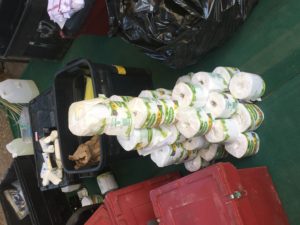
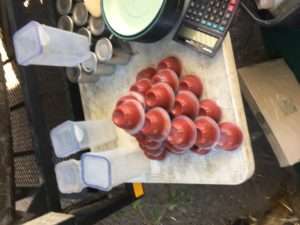
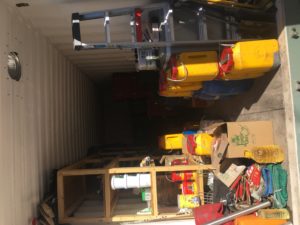
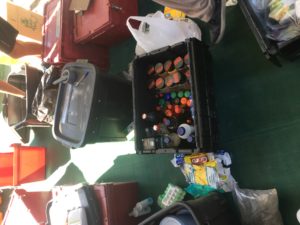
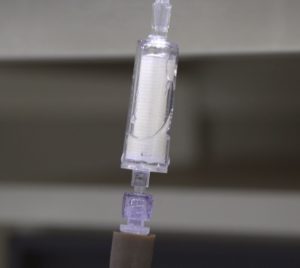
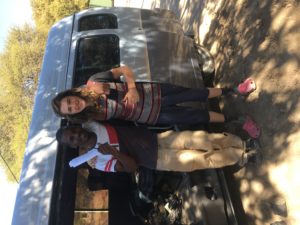
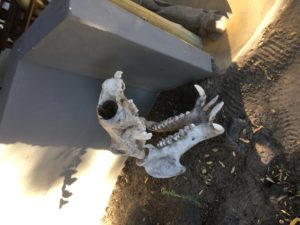
There are no comments published yet.